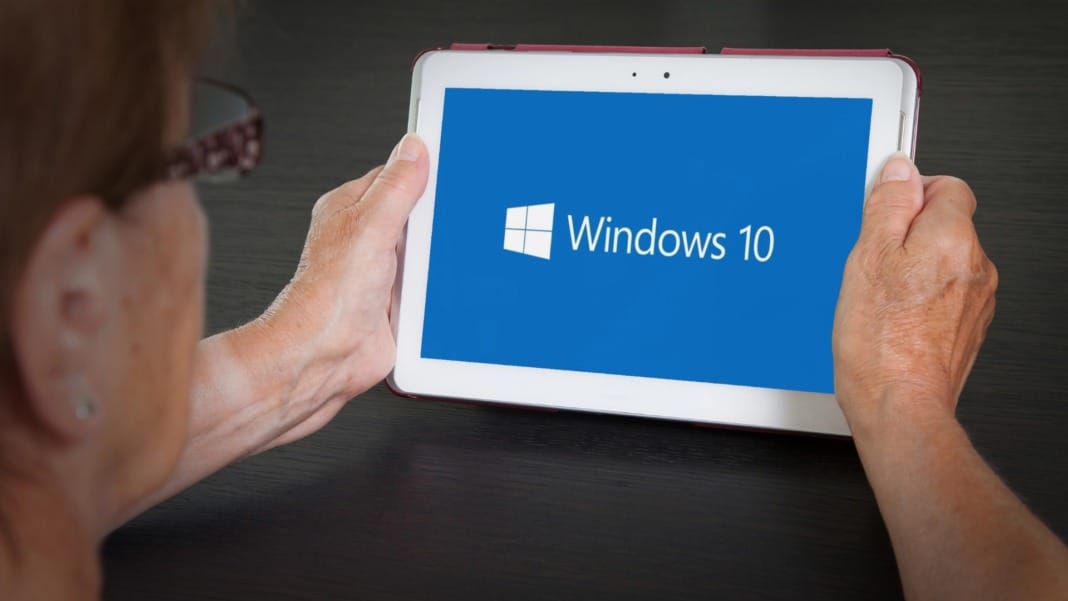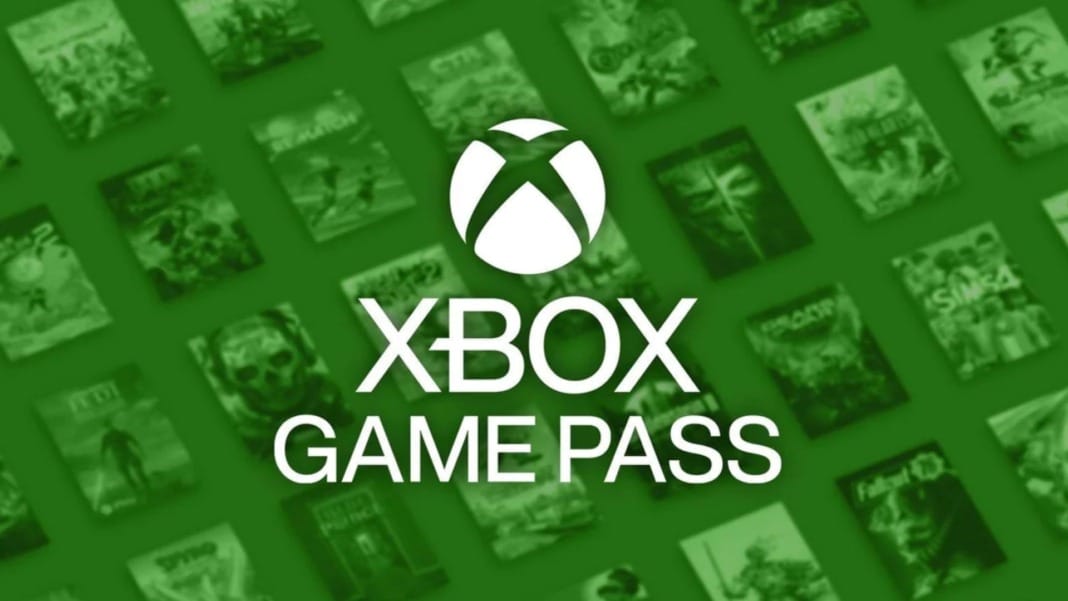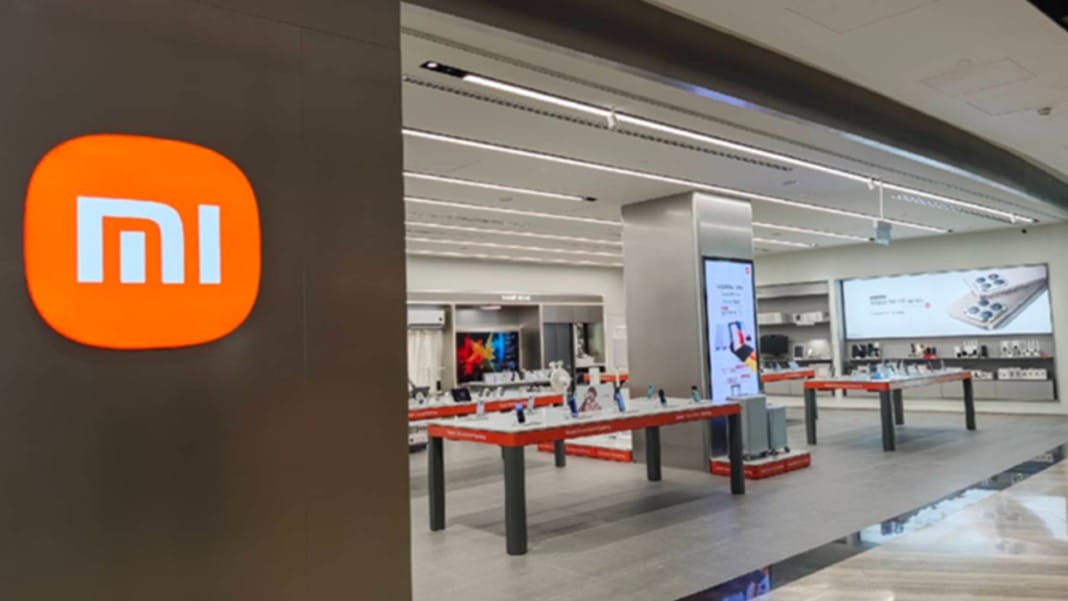With Microsoft ending support for Windows 10 in mid-October, new data shows a significant number of devices still run the soon-to-be outdated operating system. TeamViewer, a global provider of digital workplace solutions, has revealed that over 40 per cent of global connection endpoints accessed via its platform between July and September 2025 were still using Windows 10. The findings are based on an anonymised analysis of 250 million TeamViewer sessions, including both free and paid users.
The continued reliance on Windows 10 raises cybersecurity and operational concerns as organisations and individuals risk losing access to essential security updates and patches. Without these protections, systems become more vulnerable to cyberattacks and performance issues.
Singapore ahead but not fully prepared
Singapore stands out as one of the most proactive markets in transitioning to Windows 11, with nearly 60 per cent of devices already upgraded. However, close to 30 per cent of devices in the country still run Windows 10, leaving a substantial number at risk once support ends. In a highly digital economy where cybersecurity is a national priority under initiatives such as Smart Nation, failure to upgrade could result in business disruptions and data breaches.
Jan Bee, Chief Information Security Officer at TeamViewer, warned that delaying upgrades could expose users to threats. “In a few days, two in five endpoints will no longer receive patches and updates, leaving them exposed to vulnerabilities. Companies and individuals need to upgrade to a newer, supported operating system as soon as possible. Keeping your systems up to date is one of the most effective ways to protect individuals and businesses against cybersecurity threats,” Bee said.
TeamViewer DEX supports structured migration
To help organisations prepare, TeamViewer is offering its Digital Employee Experience (DEX) solution to reduce the complexity of migrating to Windows 11. The platform’s Windows 11 Readiness Pack allows IT teams to assess device compatibility at scale, checking key requirements such as processor generation, Trusted Platform Module (TPM) settings, and Secure Boot. This overview helps businesses plan upgrades strategically by identifying which devices can be migrated immediately, which need adjustments, and which should be replaced.
Once the upgrade is complete, TeamViewer DEX verifies device configurations and compliance, ensuring that the migration process is both successful and secure. This dual approach gives IT departments clear visibility, reduces risk, and optimises resources during large-scale operating system transitions.
Adrian Todd, Vice President of Product Management at TeamViewer, said the solution was designed to simplify complex upgrades. “Our solution gives IT teams the clarity they need on which devices are ready to upgrade, where issues are, and confidence that everything is compliant once the upgrade is complete,” Todd explained.
The cost of delay
As Windows 10 approaches its end-of-life milestone, experts caution that delaying migration could lead to heightened exposure to cyberattacks, reduced system performance, and unexpected downtime. For businesses, this could translate into financial loss and reputational damage. Proactive planning and the use of advanced tools like TeamViewer DEX can help minimise disruption and ensure a smooth transition to Windows 11.





